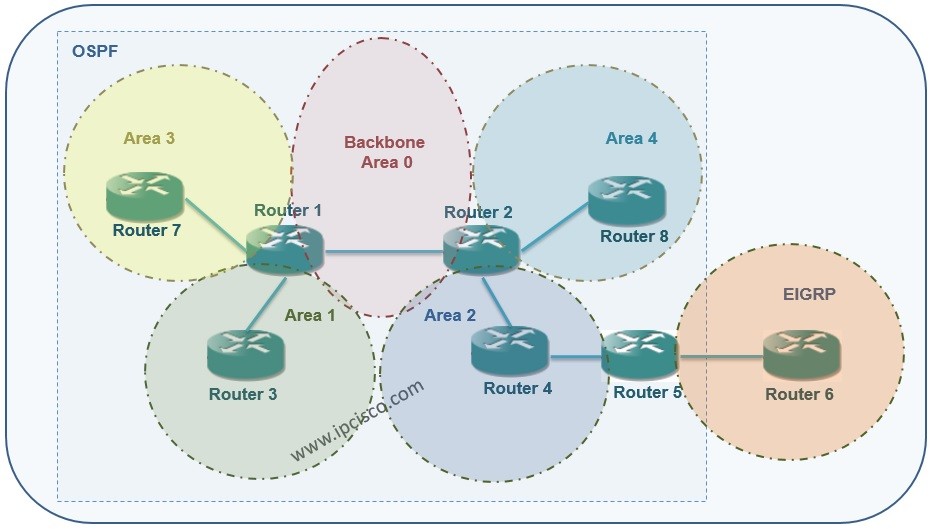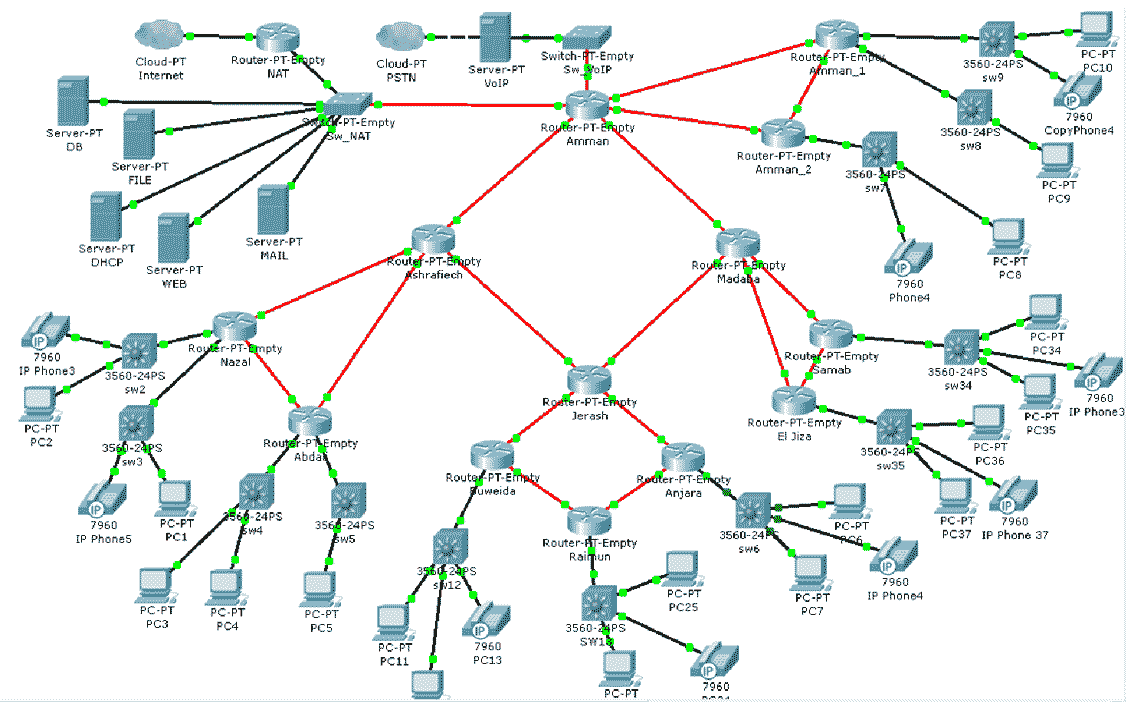

Step 5: Configure OSPFv3 in multiple areas.Ĭonfigure the routers that have all interfaces in Areas 10 and 20 with OSPFv3.Īctivate routing for the appropriate networks. After this step is completed, hosts on all LANs should be able to communicate with each other over IPv4. Use inverse masks that specify only addresses within the networks. Use a process ID of 10 for all OSPF processes.Īctivate routing for the appropriate networks. Step 4: Configure OSPFv2 in multiple areas.Ĭonfigure the routers that have all interfaces in Areas 10 and 20 with OSPFv2. Use a process ID of 10 for all OSPFv3 processes.Īctivate routing for the appropriate networks. On the HQ, London, and Dubai routers configure single-area OSPFv3 in Area 0. Specify a bandwidth value that matches the clock speed of the interfaces of HQ for interfaces of all devices that are configured in Area 0. Use a process ID of 10 for all OSPFv2 processes.Īctivate routing for the appropriate networks. On the HQ, London, and Dubai routers, configure single-area OSPFv2 in Area 0. Use the exit interface value in your configuration. Step1: Configure default static routes on the HQ router.Ĭonfigure IPv4 and IPv6 default static routes on HQ. Some addresses are preconfigured on devices that you are not required to configure, and are provided for reference purposes only. Use the following addresses to configure the network. OSPFv2 and OSPFv3 passive interface configuration OSPFv2 and OSPFv3 hello and dead timer configuration OSPFv2 and OSPFv3 interface priority configuration OSPFv2 and OSPFv3 router ID configurationĪuto-cost reference bandwidth configuration for OSPFv2 and OSPFv3 IPv4 and IPv6 default route configuration You will configure specific devices as follows: You will practice and be assessed on the following skills:Ĭonfiguration of IPv4 and IPv6 default routesĬonfiguration of OSPFv2 in multiple areasĬonfiguration of OSPFv3 in multiple areasĬustomization of OSPFv2 and OSPFv3 settings You are not required to configure the following:Īll IOS device configurations should be completed from a direct terminal connection to the device console. In addition, you will configure both versions of OSPF in multiple areas. This will allow you to implement routing in both OSPFv2 and OSPFv3. The network is configured with both IPv4 and IPv6 on all devices. In this practice skills assessment, you will configure the Bank XYZ network with OSPF routing. It will close automatically.Ĭlick the Submit Assessment button in the browser window to submit your work.

PACKET TRACER LABS WITH OSPF WINDOWS
A few things to keep in mind while completing this activity:ĭo not use the browser Back button or close or reload any exam windows during the exam.ĭo not close Packet Tracer when you are done.


 0 kommentar(er)
0 kommentar(er)
